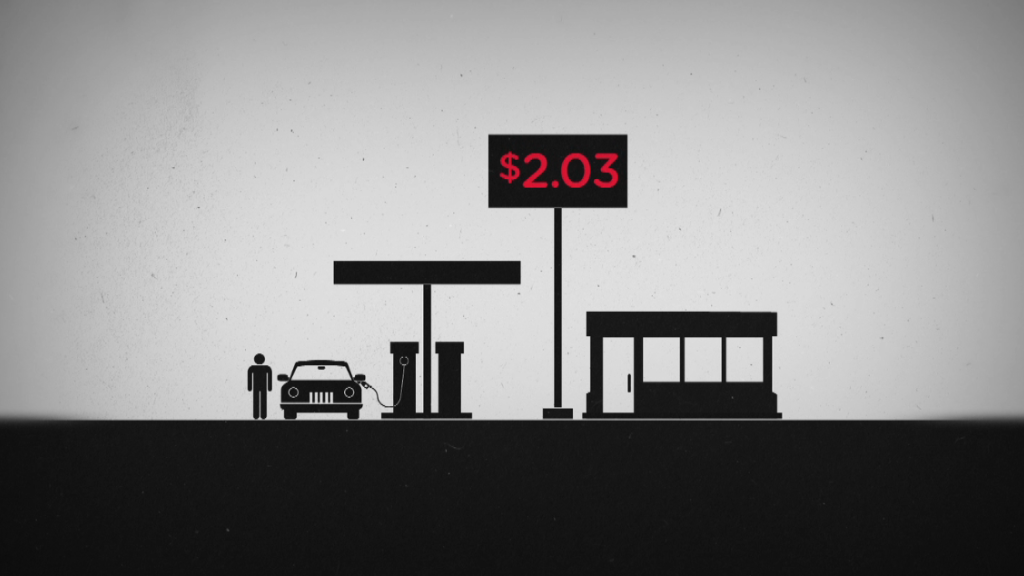
Deflation has returned to Europe and that can only mean one thing: More official action to boost the economy.
Consumer prices fell by 0.2% in February, pulled down by the plunging cost of energy. That's the first time inflation has turned negative since September last year.
Equally troubling the European Central Bank and its president Mario Draghi will be the drop in "core inflation" to 0.7% from 1% in January. That measure strips out energy prices, which tend to bounce around month to month.
Economists believe Draghi will fire another bazooka at financial markets when the bank next meets on March 10.
"Pressure is mounting on the ECB to deliver a major package of measures," said IHS chief economist Howard Archer.
When the central bank last discussed interest rates in January, Draghi made clear the ECB would pump out more money in March if necessary. He cited a deteriorating outlook for the economy due to uncertainty about global growth, volatile markets and geopolitical risks.
Since then, Japan has introduced negative interest rates to boost an economy that is now shrinking again, and China has told its banks they're free to lend more cash in the hope of supporting growth.
Closer to home, the refugee crisis is slowly undoing decades of European integration, and Britain is gearing up for a vote on whether to leave the EU -- a decision the G20 said Saturday would "shock" the global economy.
Here's what Draghi could announce on March 10, and one weapon he's likely to keep in reserve:
1. Buy more government bonds
The ECB began buying government bonds and other assets at a rate of 60 billion euros ($65 billion) a month in March 2015. It is likely to buy even more in the future. The rate could rise to between 70 billion and 90 billion euros a month, according to economists.
It may also buy bonds for longer than planned. The current program is due to run at least until March 2017 -- Draghi could extend the minimum duration by six months.
Central bank asset purchases, often known as quantitative easing, in theory encourage investors to pump more money into the economy by reducing the returns they can make on government debt.
2. Cut interest rates again
Interest rates for the 19 eurozone countries are already at record lows, and they seem certain to go even lower.
The rate paid on cash that banks deposit with the ECB could be cut to minus 0.40% or even minus 0.50% from its current level of minus 0.30%. Negative rates are a way of penalizing banks for not lending to firms and households.
But they're already hurting bank earnings. So the ECB may try to limit the pain by introducing a tiered rate that reduces the penalty on normal deposits, while introducing more negative rates for truly "excess" deposits.
3. Buy corporate bonds
The ECB could extend quantitative easing to include bonds issued by companies and banks. That would be an effective way of pumping more money into the economy but would likely be hugely controversial, particularly in Germany where the existing asset purchase program has already been challenged.
"We see this as a measure the ECB would take in a deep crisis, but not in the modest market turmoil now," said Berenberg chief economist Holger Schmieding.


